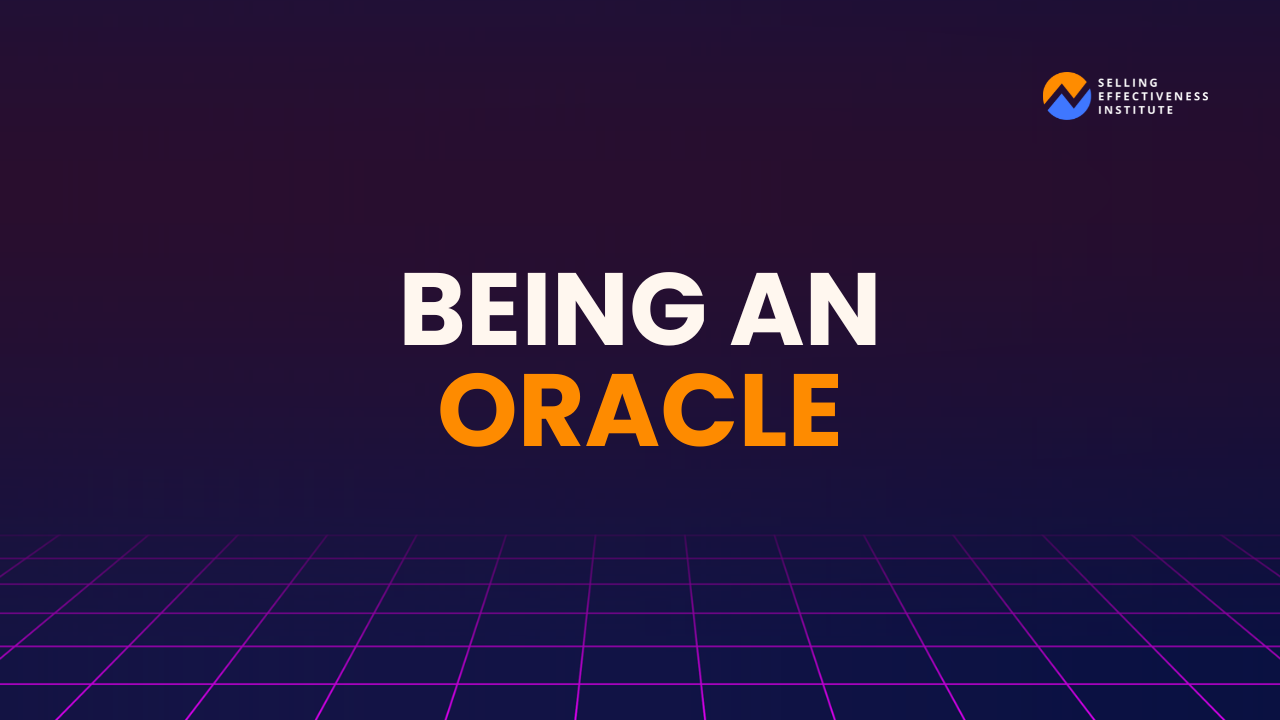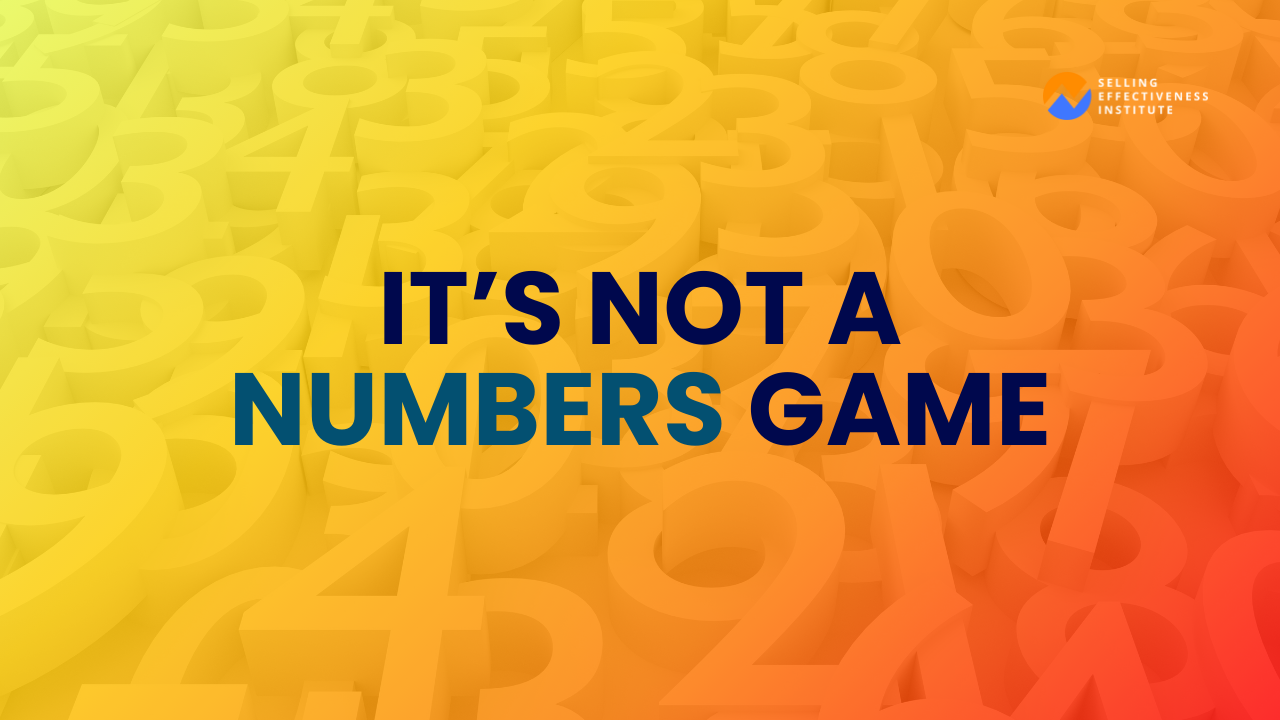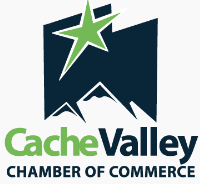Jason: Welcome to the sales experience podcast. This is Jason cutter and you are listening to another special guest episode this time. It’s with Jamie Shanks coming all the way from Toronto, Canada. This one was a super fun one to record. We did it on video and if you catch this on the video on YouTube, on the website at all, you will see him walking in front of a green screen on a walking treadmill the whole time or talking and literally he’s walking. I’m sitting here a super fun conversation. He knows his stuff. He’s in the digital landscape for account-based management, enterprise sales. There’s so much in all of these parts that we’re going to do for this mini-series of guests episodes for everybody from somebody who owns a company and they’re looking at the marketing. How they run their sales team. If you’re a manager and dealing with the sales reps, especially B to B, but everything down to if you’re a B to B sales rep or a sales in general, things you can learn to help with how you look at sales, how you operate, what successful salespeople do.
Jason: We’re going to cover that all in these parts and these four sections of the mini-series of my conversation with Jamie Shanks, so enjoy. Make sure to go to cutterconsultinggroup.com/podcast or you can click on the podcast link and go there and download the transcript or read the transcript. Also, check out all of Jamie links are going to be on there. You can find him on LinkedIn or his website salesforlife.com which he’ll mention at the very end, but until then, listen to the show. Here’s part one and enjoy.
Jason: Welcome to the sales experience podcast. On today’s episode, I have Jamie shanks joining all the way from Toronto, Canada, and I had an intro plan. I wanted to say it, but as you can tell, Jamie, if you’re watching the video of this, Jamie is walking through Toronto right now. Jamie, welcome to the show.
Jamie: Really appreciate you having me. This is fantastic.
Jason: It’s so awesome. As soon as we started this, you’re on a treadmill desk, but you’re walking around. If anyone’s watching this or listening, it’s so awesome. I love it. I’ve never talked to anyone who’s on a treadmill desk or for a podcast and I don’t know, it’s just super fun. I’m excited.
Jamie: Well, fantastic. I am at four hours and 27 minutes thousand calories in and I’m still fired up
Jason: And I feel super lazy because I think I’m at four hours straight of sitting and recording and working on stuff and a burning, uh no calories doing that. So props to you for sure. So Jamie, for anyone who doesn’t know, obviously we’re going to have some links and all the information at the end of the show, but you know you’re an author, multiple books, CEO of a company called sales for life, which is focused on digital sales mastery, which I really want to dive into because I have a little bit of experience in that. But you guys are the master. And first off, obviously I’m jealous because I love, love, love the name of your company, sales for life and only marginally jealous about it. But tell me, let’s talk about digital sales and what that means and kind of you know, what you’re attacking with your business.
Jamie: The easiest way to look at it is whether we and I, we as sellers like it or not, our customer is going to learn with or without us. And so at some point we have to step kind of step back and look at the customer and say, how does the customer want to learn as a customer want to interact? And if you look at your own personal life, you’ve evolved, you’ve become more digital, more mobile, you’re connecting socially. And all that we do is we have the number one prospecting methodology to blend people and customers together. That’s the easiest way to look at digital sales. It is a compliment or augmenting the way that sellers traditionally sell today. It’s not a replacement of the phone. This is how do I apply triggers, referrals, insights, competitive intelligence in a digital format to our myself on key accounts and do engage a customer differently.
Jason: Okay. And so just to clarify, what you’re talking about is especially business to business, account based sales, marketing, targeting, kind of, you know, nurturing until it gets to the point where it’s at a salesperson and then they take over, right?
Jamie: Well, it’s 100% our expertise is around B2B selling, but it doesn’t have to be account based selling. This could be green fields going after a new vertical or a new geography. It can be used in both contexts. And my first book, social selling mastery was predicated on this Greenfield expansive concept of tackling a new market using social media. And then spear selling was focused on the account-based side of that because a lot of our global enterprise customers were saying, Hey man, I have 10 accounts, 10 accounts globally that I care about. How do I go deeper and wider in those accounts?
Jason: Right? Yeah. Which I think is important because those are two different approaches and from the companies that I have worked with, especially on the consulting side, is there always seems to be this balance. Sometimes it’s a race for new clients and how do you expand what you have, but then they’re missing the going deeper, right? So going within the organization, how do you sell more? If it’s something where there’s maybe more buyers or more siloed sections within a company where you can expand your footprint in there. And the relationship and then that balance.
Jamie: Yeah, I think we’re, a lot of this came from, and the book the challenger customer did a fantastic job of articulating the fact that the buying committee is getting bigger and cross-functional and it’s you know, I think the quote was 7.4 decision makers, champions and influencers in a business. And they use this concept called the spinning plate theory. And I really do think the spinning plate theory is right that Hey, I’m selling into human resources, but I also need to have consensus from the CFO and operations and, and not everybody’s learning at the same speed or on the same path. And so how do I as the quarterback, that’s essentially my role as the seller. How do I take my internal stakeholders, you know, customer success and solution architects and everybody, and then how do I align them to the customers, key stakeholders? And there’s so many digital relationships at stake here.
Jamie: I don’t think the average seller understands that, Hey, my single threaded one guy that I’ve been dealing with and I’ve been logging all my contacts in CRM based on that guy’s conversation, how risky that is from a business’s standpoint. And so we’re really trying to debunk that myth that realize, Hey, guess what the average North American and Western European, right? It’s keeping the job for only two and a half years. So your database is just self cleansing in the wrong way, right? It’s diminishing 5% every month. And so how am I using some of those triggers which are online free up pieces of information to give myself an understanding? Do I have a competitive advantage here? Do I have, am I at a disadvantage? Where’s risk versus threats all available to you free if you just knew how to leverage it.
Jason: Yeah, and I think one key part from what you said a couple minutes ago is you know with somebody with the average lifespan of being two-ish years, right? For somebody before they change jobs. If you’re selling business to business and your, it’s like a key account relationship and your dealing with this one person. I see this a lot these days where it’s I got my one buyer why one point of contact, the one person who is my champion of whatever it is. It could be a service, it could be a product, whatever that is because that one champion that champion leaves, hopefully you can track that champion down that buyer down at their new organization. Yeah. But now there’s a whole, and one of the things, and I think this is what you’re getting at as well, or I think for anyone listening, this is important to know if you’re doing B2B sales is you may have your one champion or one buyer, but you’ve got to know everybody else in that organization. All the stakeholders around that. In the event there is that vacuum and you’ve got other people involved so you’re not left out. Because I know, Hey, if you’ll lose your buyer and then you’d go to somebody else and say, Hey, I’ve been working with them, they’re gonna be like, I don’t care. Like who are you? Like I don’t know who you are.
Jamie: How many times you and I both own consulting businesses, right? How many times have you not eaten your own dog food and this has happened to me a million times where you didn’t socially surround your customer and develop relationships with all stakeholders and understand the priorities of each of those stakeholders. You unfortunately saw one of your decision-makers leave and you thought, okay, that sucks, but now I’m going to have to talk to the other key stakeholders and then you quickly discover A, they don’t know who you are. B, their priorities are so off a whack of what you do. It was like you don’t have any tracks from that account altogether. You might as well actually target the account that that key stakeholder went to because you probably have a higher probability of winning that account now. Then you do the one you were just chasing. Yeah.
Jason: Yeah. Because if you don’t have that key account stakeholder, that buyer, whatever, you know, whatever term you want to use, depending on your vertical, if they leave and you don’t have them and you’ve put all your eggs in that one basket, I guarantee based on my experience, everyone else left behind that you might try to talk to, well, probably feel like you’re a threat to them. Whether it’s consultants like us or you’re selling, you know, branding or marketing or advertising, everyone else is going to feel threat either directly to their job or they just don’t like change. Yeah. So now what kind of stuff are you doing? Because this whole realm is new to me. This is fascinating. You know what kind of stuff, when you’re talking about the digital sales, are you really looking at like, what’s some really cool things right now? End of 2019 it’s so crazy, but where yo literally weeks away from a new decade, what are you seeing in that realm and coming up and you know where it’s going?
Jamie: Yeah. And if you look at my business for seven years, we’ve polished one skew. We literally do one thing, you know, other than speaking engagements and workshops to get people engaged and interested, everything is around this platform we call digital sales mastery. And if you look at what’s inside there and being polished, actually what is old is new. We are really starting to, over the years we discovered this concept of enduring frameworks and Franklin Covey actually has always done a masterful job of explaining it this way. So if you look at Franklin Covey’s content, they look at it as these are enduring sales plays or frameworks that will last the test of time. And so that’s what I think people have done wrong with social selling is they looked at it as a gimmick or a trick or a tip or a tactic.
Jamie: And guess what? Platforms change, ideas change. Like we have to refilm our content every quarter because the platforms are always changing. That was the old way. Now you have to understand that triggers, referrals, insights, competitive intelligence. The core basis to key account planning is not going to change. You must capture triggers, referrals, insights, competitive intelligence on a key account. Now the mechanism at which you were acquiring that information or engaging the customer will evolve. But once you solidify a prospecting methodology that actually has a foundation, then you can just swap in the place. So I’ll give you a place now to make it tactical, give you plays that are evolving because technology is evolving. So right now in LinkedIn, your buyer is those called CEOs. Right now I could tell you every CEO that took a job in San Francisco that meets your ideal customer profile in the last 90 days.
Jamie: Okay? So that’s a data point that I as a seller five to 10 years ago, didn’t have. Now I’ve got a compelling trigger to start a conversation with CEOs that are new to businesses when they’re new, they want to bring in people process technology. Okay, so we’ll go a little bit step further. You and I service the sales community as an example or the marketing community. Well, human capital investment is one of the biggest leading indicators to growth of initiatives. So right now using again tools like LinkedIn, I can map every company that is either accelerating or decelerating or divesting marketing, human capital people as a trigger to understand, let’s say it was a very specific type of marketing around pay-per-click, or if it was a type of sales around sales excellence as an example, I can see the growth of accounts or the, you know, the deceleration of human capital in any particular market, in any geography in the world as a trigger to start conversations. So we have customers that are growth drivers. So whenever they see growth in an account, it’s a compelling reason to start a conversation. We also have technology customers where their use case is when are struggling or when companies are retracting departments like operations. Perfect. You can map all that. It’s not free and available information if you know how to harness it. So that’s an example of using the power of LinkedIn to, again, fuel a sales play.
Jason: Right. And I think what’s fascinating because all of that you wouldn’t have gotten not even that long ago, right? And not in the, it’s not in the distant future, but in the AR in the distant past. But then the near past you wouldn’t have had that and that visibility, it would have taken a lot of work. Now it’s available. And then the key is how do you use that? And especially from a sales management, sales leader, owner of a sales based organization, you know, obviously what you want is you want your sales reps selling as much as possible. Having those conversations as much as possible and not hunting or researching or doing a lot of that stuff. I mean I’m a big fan in what I’ve always done, which has been a part of organizations where there’s initiatives that are driving inbound leads, inbound inquiries to keep the salespeople in people in their prime kind of focus and zone of conversations, relationships, demos, you know, and moving and deals forward. And then also if they’re doing outbounds, serving them up the right data at the right speed so that they can just stay again in that sweet spot.
Jamie: Well, and I’ll give you a tactical example of a global enterprise customer of ours. Like you just mentioned, inbound was an important piece to your growth driver. I’ll tell you something that one of our customers have been doing. Imagine taking digital sales and social selling data, which is essentially relationship mapping. It’s relationship mapping and engaging in a bold and different way. At the same time, you’ve got artificial intelligence, machine learning that is if you know how to kind of parse through your own data, your content consumption story of all of your marketing insights inside those stories are buying intent, so what this customer had recognized is that if they could parse through all of their data records to understand what does ideal look like, who actually cares?
Jason: Alright. That’s it for part one of my conversation with Jamie shanks. Again, cutterconsultinggroup.com you can find the show notes, you can find his links, you can find the transcript and come back next time for part two. As always, keep in mind that everything in life is sales and people remember the experience you gave them.













